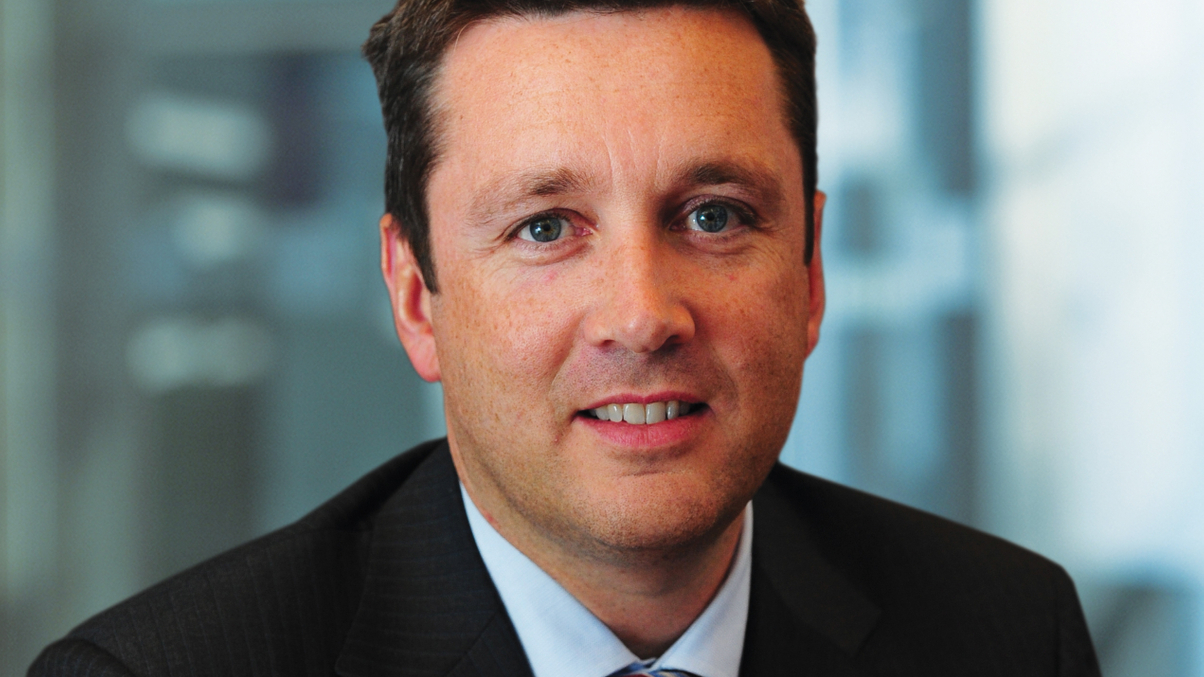Will insurers become the new banks?
Asian insurers should consider providing corporate financing to boost investment yields, argue BlackRock and Société Générale.

Many banks are looking to offload non-core investments to comply with Basel III rules on capital ratios, presenting opportunities for yield-hungry insurers, say BlackRock and Société Générale.
Sign in to read on!
Registered users get 2 free articles in 30 days.
Subscribers have full unlimited access to AsianInvestor
Not signed up? New users get 2 free articles per month, plus a 7-day unlimited free trial.
¬ Haymarket Media Limited. All rights reserved.


